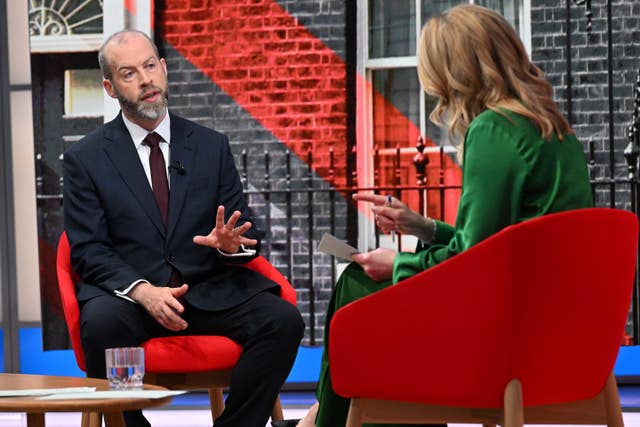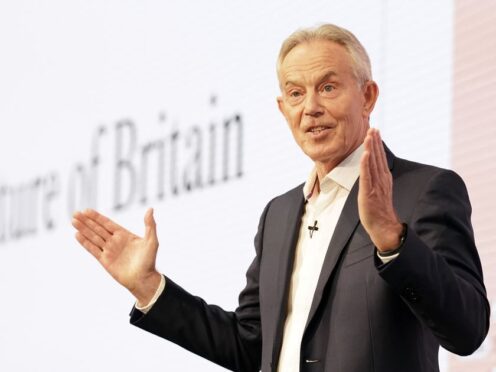The Government has ruled out the introduction of digital ID cards after former premier Sir Tony Blair called for the documents to help control migration.
Sir Tony, who championed ID cards when he was in office only for the idea to be killed off after Labour lost power, said the world was moving to a digital form of the document.
Business Secretary Jonathan Reynolds initially said Home Secretary Yvette Cooper would look at “all sources of advice” on the issue.
Sources close to Ms Cooper said ID cards were not Labour policy and that has not changed, with Mr Reynolds later publicly ruling them out.

Writing in the Sunday Times, Sir Tony said: “The only game-changer is the full embrace of the potential of technology.”
He added: “We need a plan to control immigration. If we don’t have rules, we get prejudices.
“In office, I believed the best solution was a system of identity so that we know precisely who has a right to be here.
“With, again, technology, we should move as the world is moving to digital ID. If not, new border controls will have to be highly effective.”
Mr Reynolds told Sky News’s Sunday Morning With Trevor Phillips: “The new Home Secretary will be looking at all sources of advice when it comes to that.
“But I would just say we have backed the points-based immigration system, we made difficult decisions, particularly when we thought legal migration was too high and it has to come down.”
Pressed again on ID cards he said: “Well look, my colleague Yvette Cooper and the rest of the home affairs team will be looking at all sorts of things.
“I’m not going to pre-empt things they may or may not want to do.”
Mr Reynolds later told Times Radio: “We can rule that out, that’s not something that’s part of our plans.”
